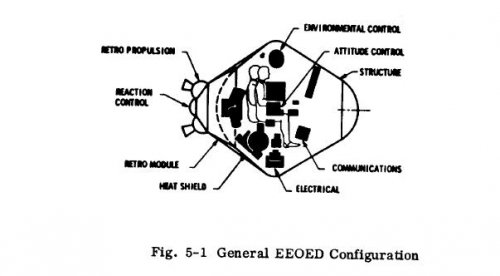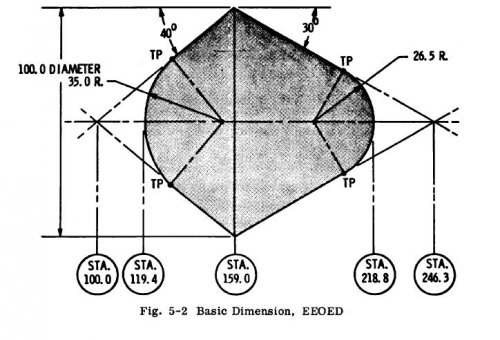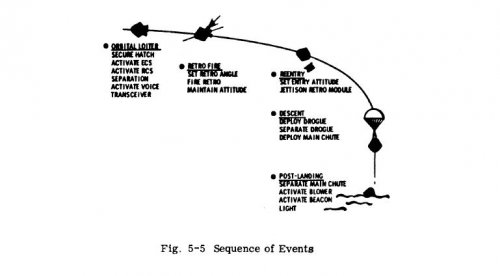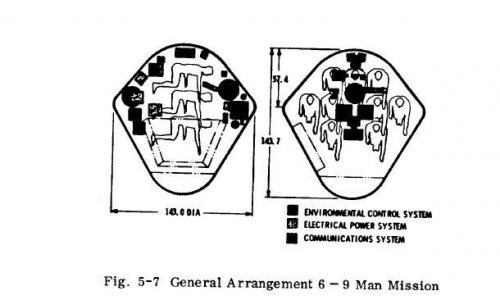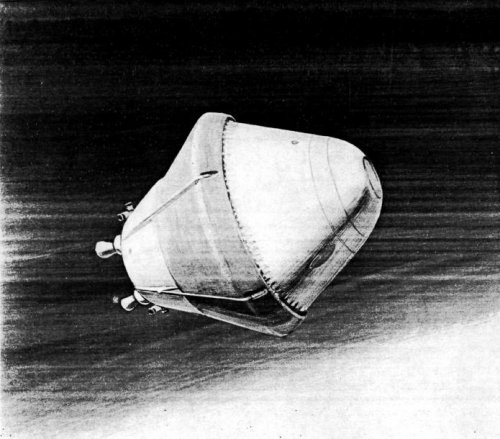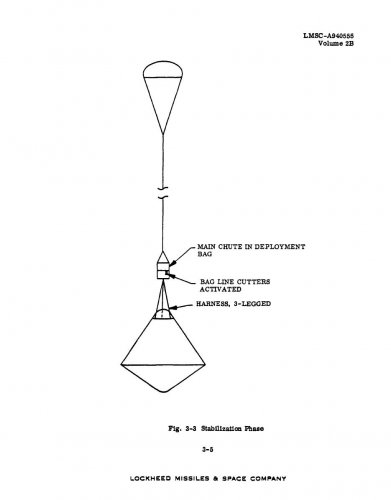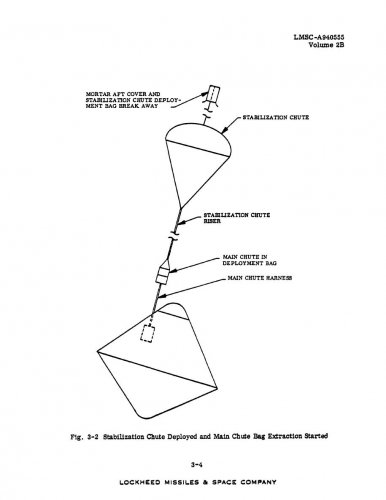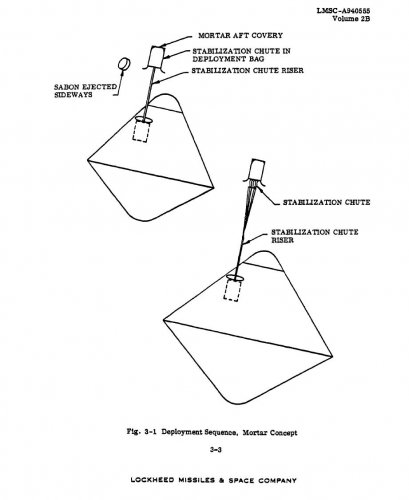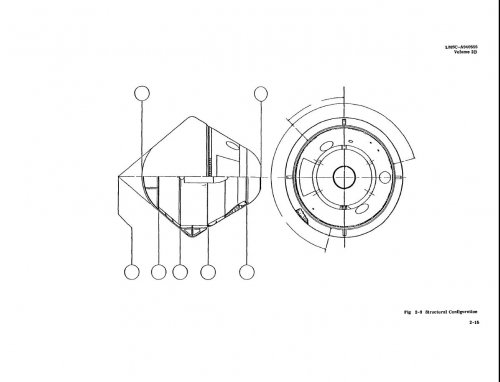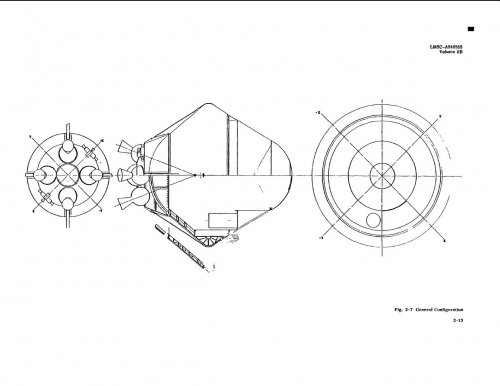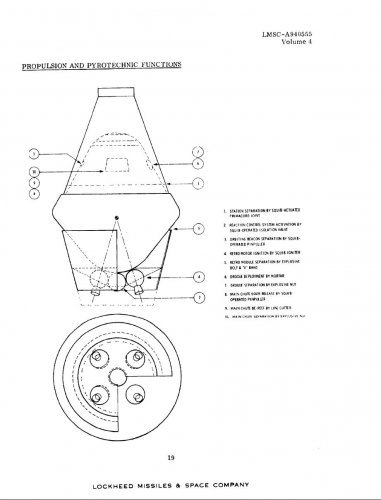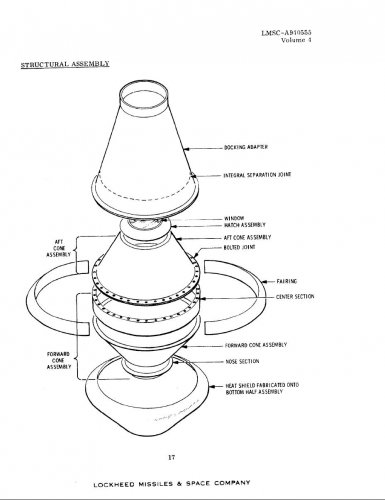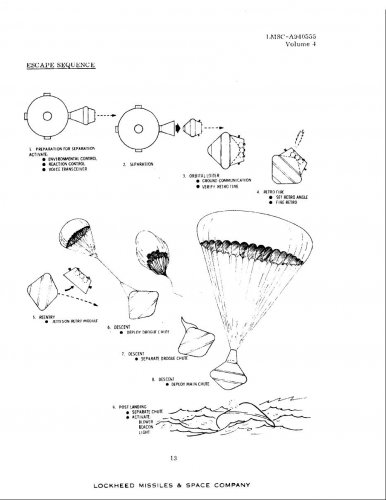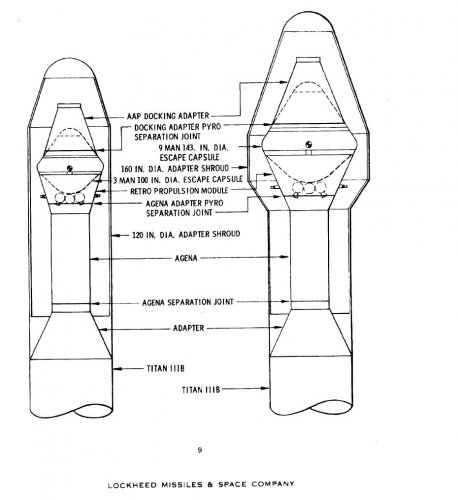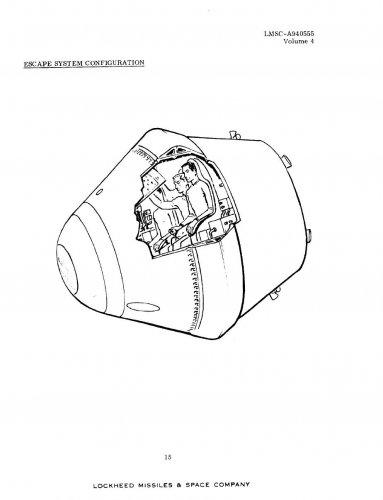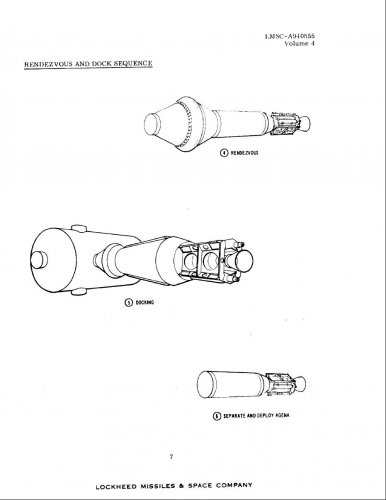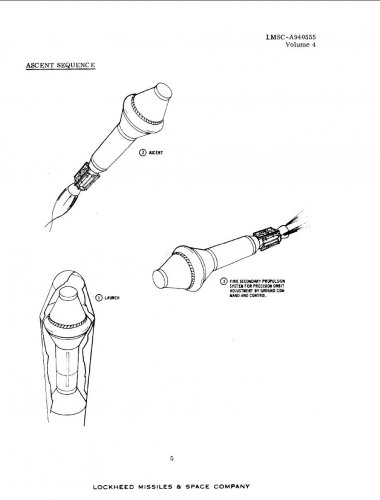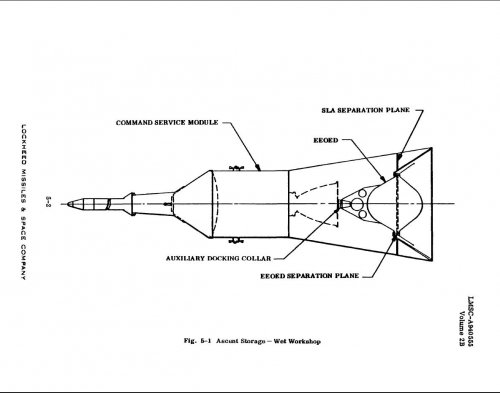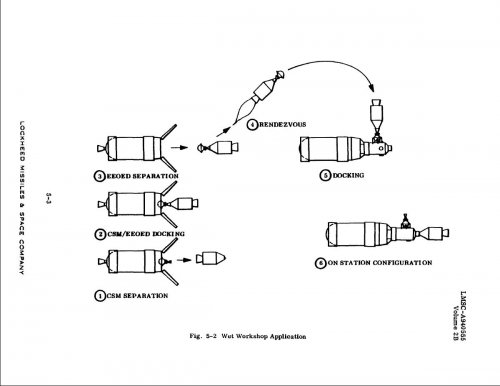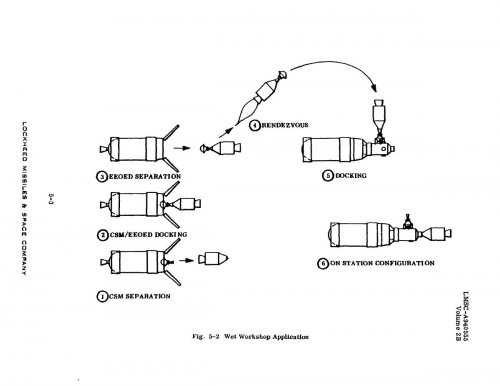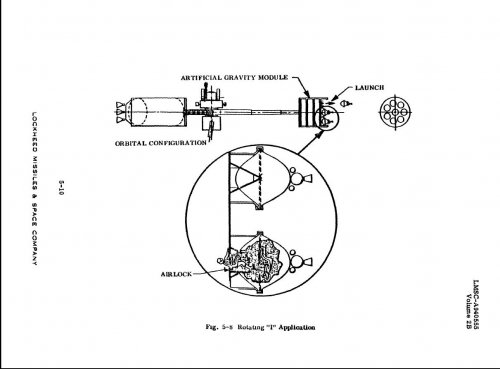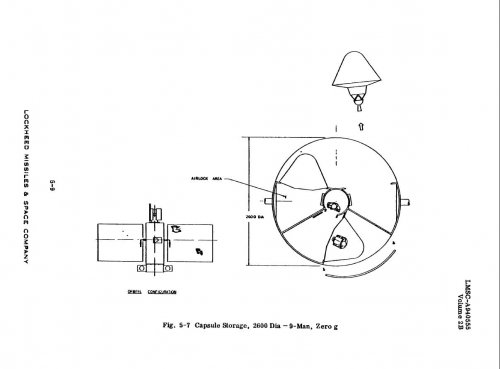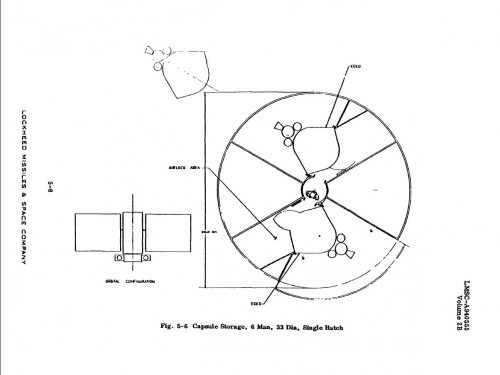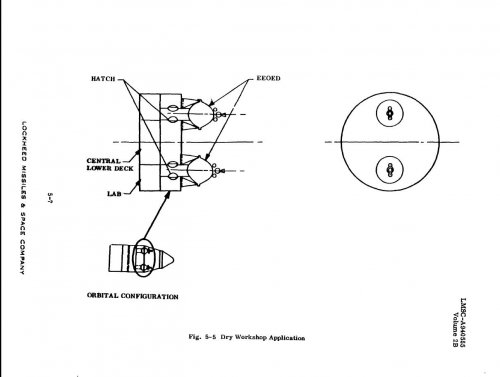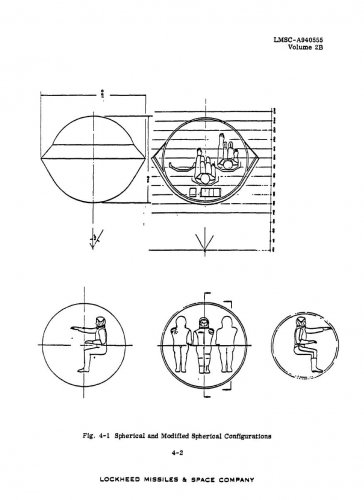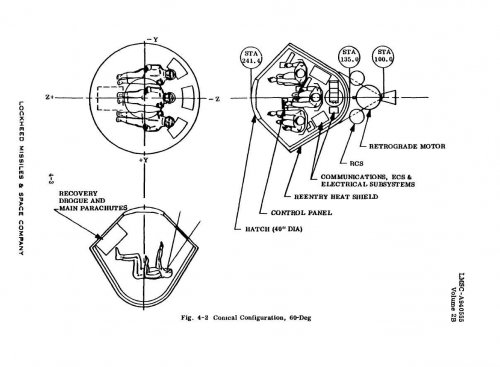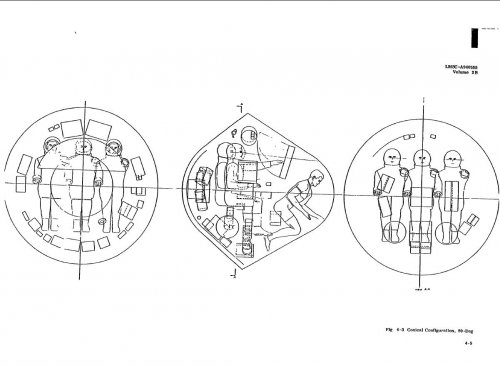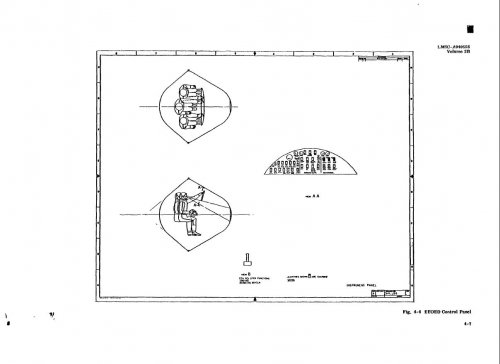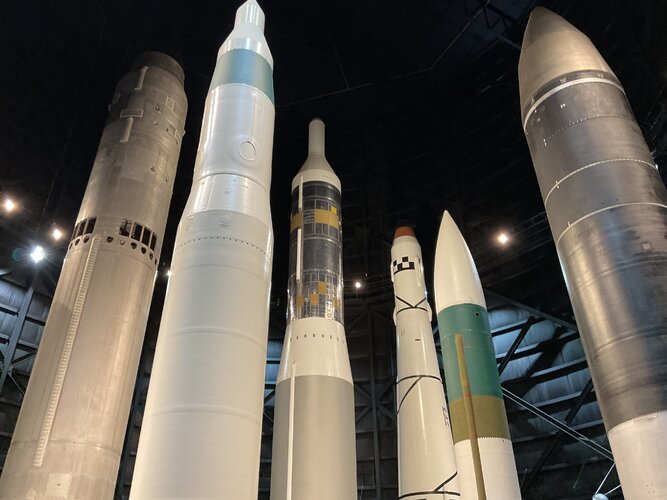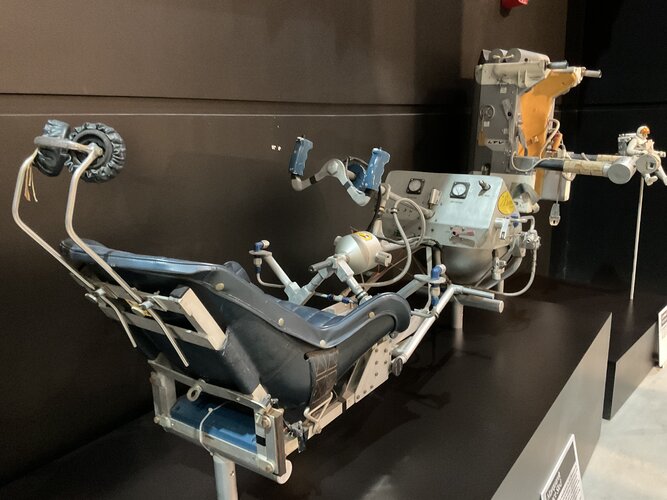The Lockheed Emergency Earth Orbital Escape Device (EEOD) was a concept for a small capsule launched from a Titan/Agena booster or Saturn V that could be used to rescue the crew from an Apollo Applications Program (AAP)-based space station in Earth orbit, or permanently attached to such a station as a lifeboat.
Emergency Earth Orbital Escape Device Study Vol 1. Condensed Summary, Lockheed Missiles & Space Company, January 31, 1969
Introduction:
URL:
http://ntrs.nasa.gov/archive/nasa/casi.ntrs.nasa.gov/19780074866_1978074866.pdf
Emergency Earth Orbital Escape Device Study Vol 1. Condensed Summary, Lockheed Missiles & Space Company, January 31, 1969
Introduction:
The objective of the present study, performed by LMSC under contract to and in close cooperation with the Manned Spacecraft Center, was to conduct parametric analyses of various escape devices with emphasis on a three-man, single purpose escape system; to accomplish conceptual design of the recommended approaches; and to generate gross costs and schedules for preliminary program definition planning purposes. This objective has been achieved in the course of the study reported on here. In performing the study, Lockheed used a systems approach to identify and define critical requirements and tradeoff criteria and to develop an optimum state-of-the-art design. Guidelines
were first agreed upon between Lockheed and the Manned Spacecraft Center,
based on operational considerations and on data gathered in earlier studies. Operations
analyses and tradeoff studies then enabled refinement of these guidelines and
the translation of them into system requirements. These system requirements provided
the basis for selection of a recommended configuration and concept from which to
proceed to design definition. After review and discussion of the proposed system
requirements and recommended concept by the Manned Spacecraft Center, Lockheed
then proceeded with design definition, based on state-of-the-art technology and provision
for use, where practicable, of existing, proven components.
The resulting conceptual design, as described in Volumes 1 and 2 of this report, represents
a concept meeting the basic study objectives for a three-man escape device for
use in low earth orbits.
Additional study tasks also discussed include: description of the modification necessary
to adapt the device for synchronous escape and return and the feasibility of scaling up
the basic escape vehicle to accommodate a six to nine man crew.
URL:
http://ntrs.nasa.gov/archive/nasa/casi.ntrs.nasa.gov/19780074866_1978074866.pdf

